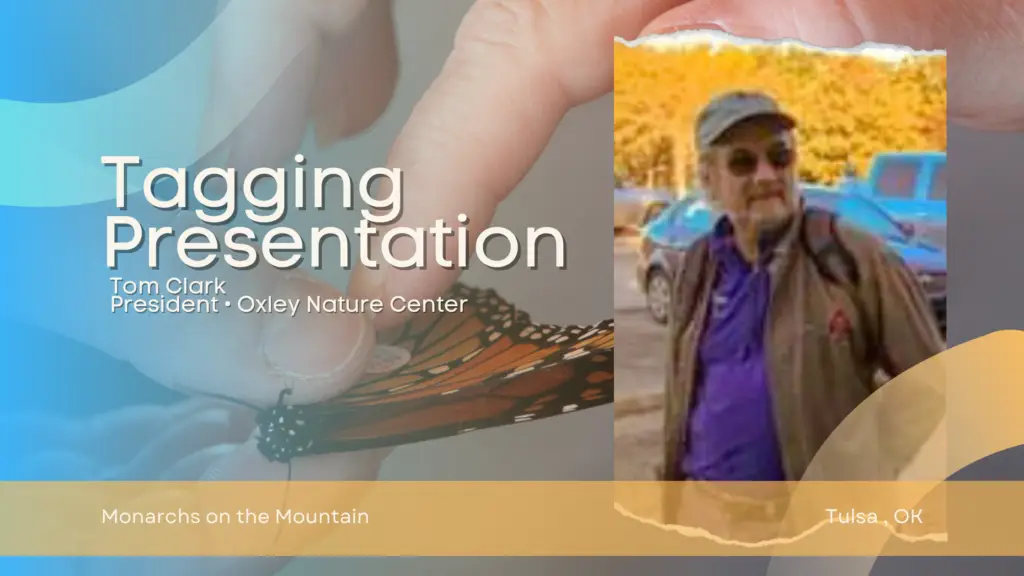Speakers and demonstrations will be located inside the Community Center at Chandler Park
A Brief Overview of Monarch Biology
Monarch butterflies are renowned for their striking orange and black wings and their incredible migratory journey. Understanding their life cycle—from egg to caterpillar, chrysalis, and finally, butterfly—offers insights into their unique biological processes. This knowledge is crucial for effective conservation efforts.
The Role of Gardens in Monarch Research and Conservation
Gardens are more than just beautiful spaces; they can play a pivotal role in monarch research and conservation. By planting native milkweed and nectar plants, gardeners create essential habitats for monarchs. These gardens serve as living laboratories where scientists and citizen scientists can study monarch behavior, breeding, and migration patterns.
Ongoing Research at Zoos and Gardens
At the Zoo and various botanical gardens, numerous research projects focus on monarch butterflies. These projects include tracking migration routes, studying the effects of climate change on their populations, and investigating the role of specific plants in their lifecycle. Collaborative efforts between zoos, gardens, and research institutions are yielding valuable data that inform conservation strategies.



